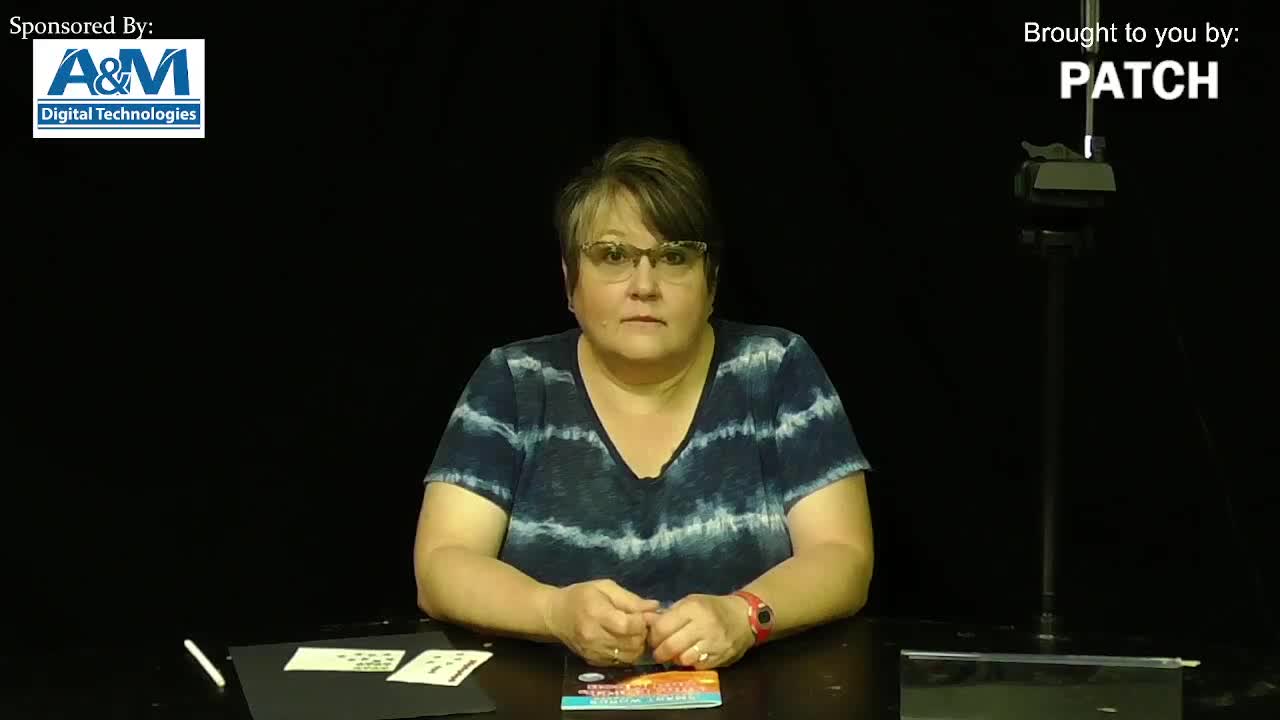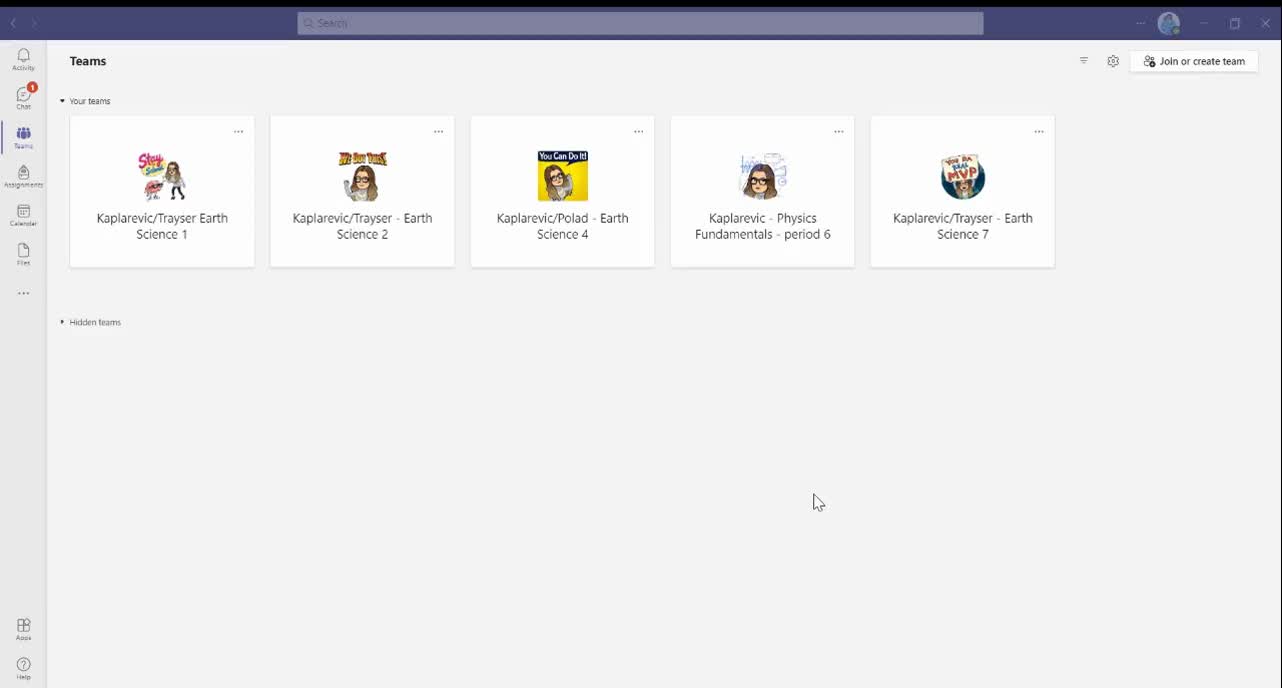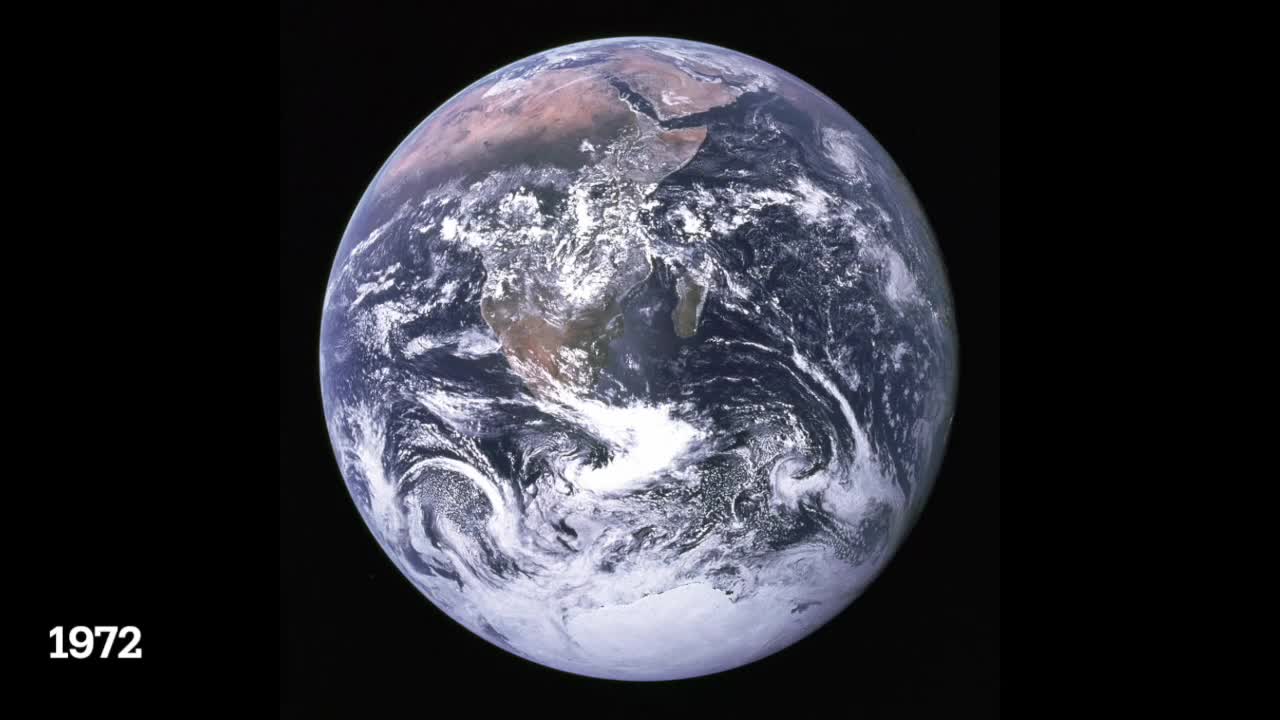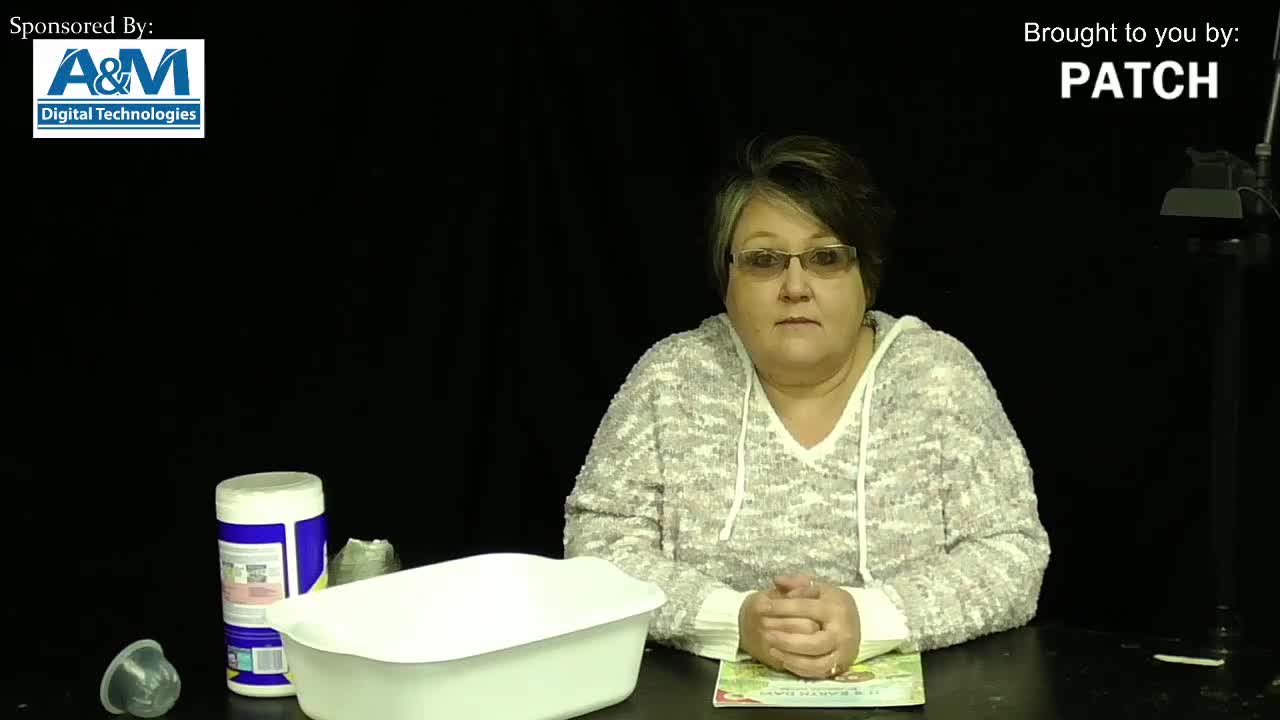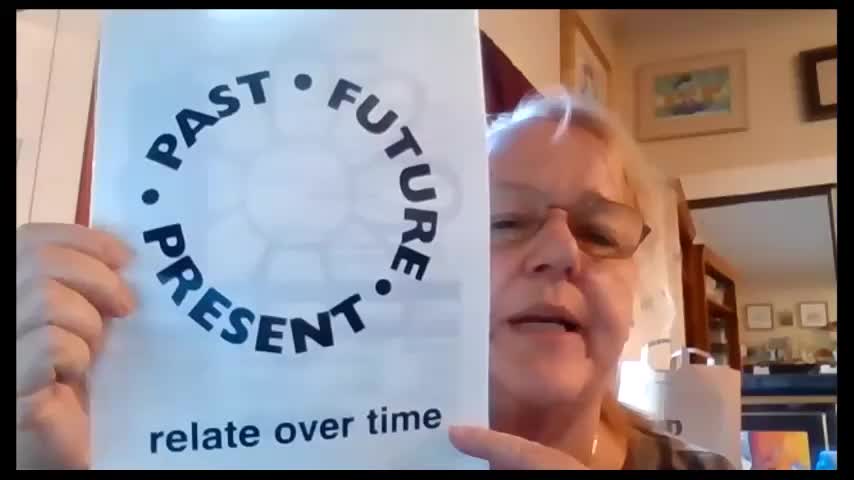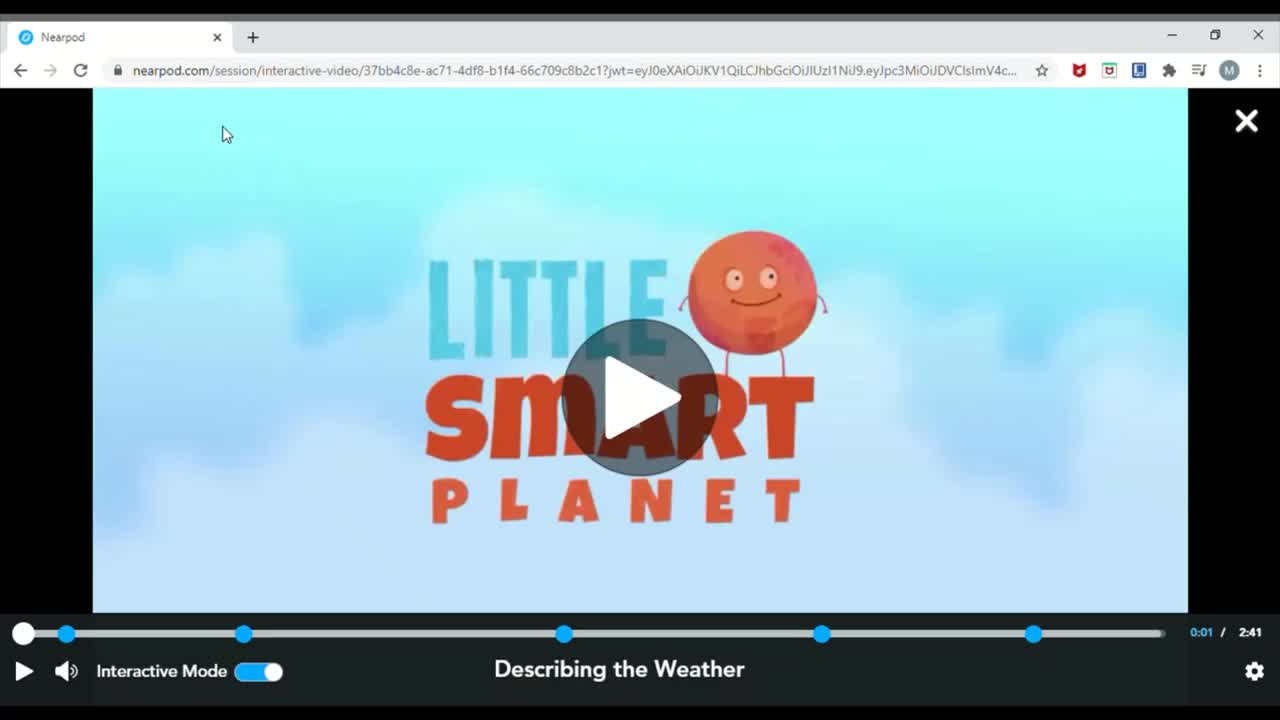Middle School > Science > Earth Science Videos
Earth science is a tangible form of learning opposite theoretical subjects that tackle water, rock, air, meadows, oceans, and volcanoes. It lays down shared experiences that are definitely exciting things for kids to enjoy. Basically, it uses topics of daily lives and relates it to STEM.
The technique of teaching earth science relies heavily on hands-on experience. While before students were tasked to memorize 50 different minerals and chemical formulas, earth sciences use more interesting and less intriguing devices. Experiments like looking at how helicopter seed pods spin, for example, is a good model. Kids learn to figure out concepts with the teacher as a guide.
`
Teaching Earth science is more than just the summation of different scientific facts. It acts as a description of processes in order to let students understand the complex natural world. Some common topics of earth science are climate change, neurological development elemental synthesis and the universe at large. But how these themes are taken is more of an analytical route. Earth science not only defines climate change but looks at its effect on coastal regions. It goes beyond lead poisoning and how it has impacted neurological development. It looks at the universe and the elemental synthesis of stars.
All the topics mentioned are processes at which students can see the natural world. It can aid in understanding physics, chemistry, ecology, and even astronomy. Kids who learn earth science are able to develop a vision on a large scale and see the intersection and interrelation of different scientific ideas.
There is no excuse not to explore teaching earth science. Even a modestly funded school can do it especially because it only requires practical needs. There are also many existing tools online that teachers can utilize to stay abreast with how to make earth science interesting. It's already an amazing subject in itself, so making it more engaging won’t be a problem.
